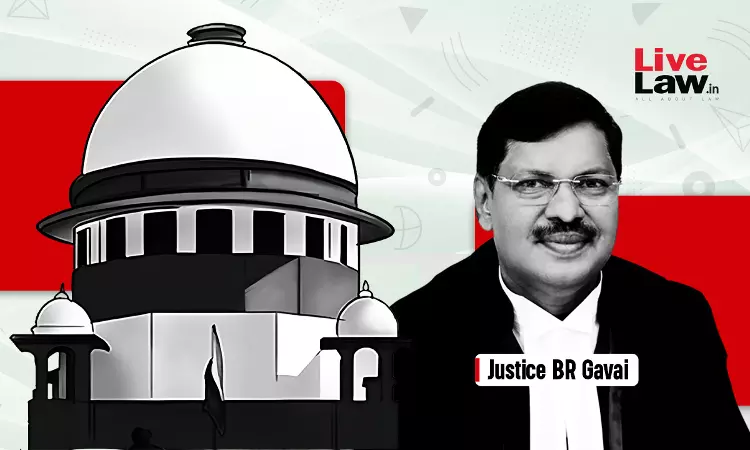- Home
- /
- Top Stories
- /
- ‘70% of Government Litigation...
‘70% of Government Litigation Frivolous’: Supreme Court Judge BR Gavai
Awstika Das
12 Aug 2023 6:53 AM GMT
70 percent of government litigation is frivolous and can be curtailed to lessen the court’s workload, Supreme Court judge BR Gavai remarked on Friday, while rejecting a plea filed by the Union of India. He was part of a three-judge bench also comprising Justices PS Narasimha and PK Mishra. Right at the outset, he asked Additional Solicitor-General Aishwarya Bhati how a 'disposed...
70 percent of government litigation is frivolous and can be curtailed to lessen the court’s workload, Supreme Court judge BR Gavai remarked on Friday, while rejecting a plea filed by the Union of India.
He was part of a three-judge bench also comprising Justices PS Narasimha and PK Mishra. Right at the outset, he asked Additional Solicitor-General Aishwarya Bhati how a 'disposed of' writ petition could be revived by a miscellaneous application. The Supreme Court has deprecated such a practice in the past by imposing exemplary costs, Justice Gavai told the law officer.
Despite ASG Bhati’s attempts to persuade the bench to entertain the Centre’s plea, it expressed its reluctance. “Poor farmers are unnecessarily being harassed. Thank you. Dismissed,” Justice Gavai said.
“We do not appreciate this practice of reviving dead writ petitions by filing miscellaneous applications,” the judge went on to remark, but at the request of the government law officer, agreed to add that the order of dismissal was passed in the context of the peculiar facts and circumstances of the case.
However, after pronouncing the order, Justice Gavai also commented on the union government’s litigiousness. He said –
“If the Union of India decides, 70 percent of litigation can be curtailed. We find so many frivolous litigations by the union as well as most of the state governments. If they decide to cut down, 70 percent of the role of this court would be reduced.”
“We are trying,” ASG Bhati assured the bench. She also added, “Each case comes to us to assess its fitness, so we are trying to be more ‘circumspect’ when concluding that a matter is fit [for litigation].”
“We only read in newspapers that litigation policies are coming,” Justice Gavai retorted.
This is not the first time a Supreme Court judge has highlighted the contribution of government litigation to the increasing judicial caseload of an already overburdened court. In this connection, the need to pivot from litigation to alternative dispute resolution has also been emphasised. For instance, in April, while delivering the presidential address at a mediation conference, Chief Justice DY Chandrachud urged the union government to switch from adversarial litigation to alternative dispute resolution routes, particularly mediation, in order to ‘de-clog’ Indian courts, and promote an alternative, collaborative, interest-based conception of justice. He said, “The motto of the union government and its agencies should be ‘Mediate, don't litigate’. When the government, which is the largest litigant, opted for mediation over litigation, it sends the message that “in the framework of the law, the government was not an adversarial opponent to our citizens”
Earlier, in November of last month, Attorney General for India R Venkataramani also called for a rethink ofthe statutory provisions which provide direct appeals to Supreme Court from the orders of various tribunals, saying that they resulted in overloading the apex court and converting it into a ‘small causes court’.
While speaking at a Constitution Day celebration, AG Venkataramani said –
“It is important that the Government stops overloading Supreme Court with endless statutory appeals alongside seamless and huge flow of cases from high courts. The conversion of Supreme Court into a small causes court must stop.”


